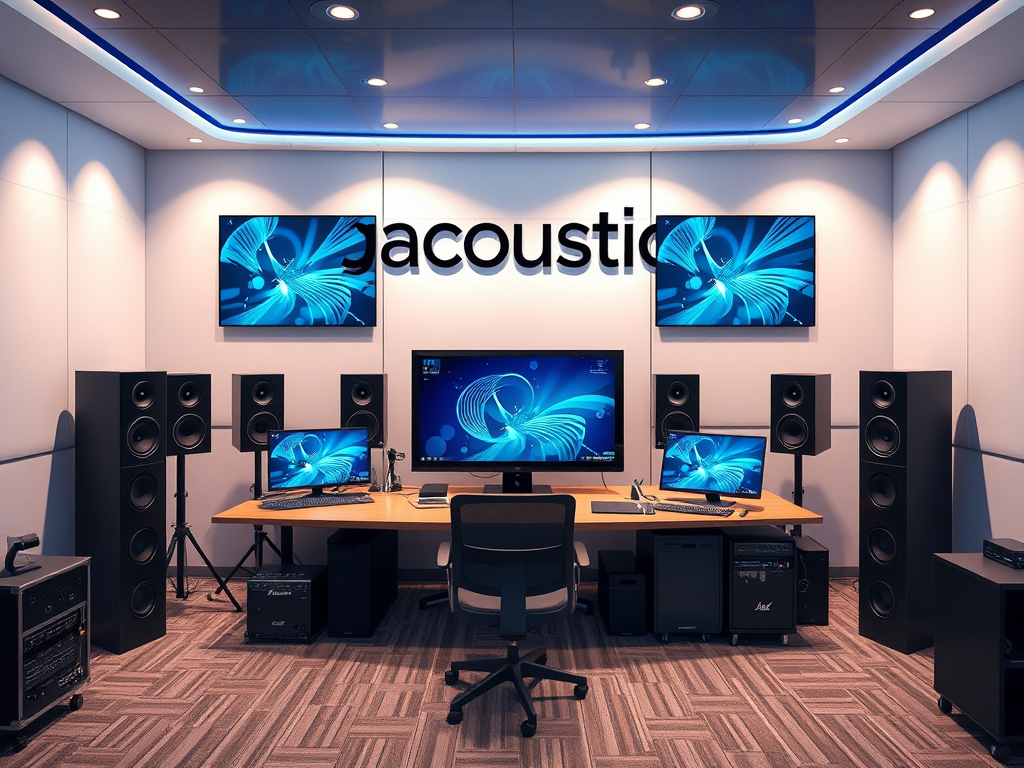Practical Applications of Augmented Reality for UK Marketers
Augmented reality marketing is reshaping how UK businesses connect with consumers by offering immersive, interactive experiences. In retail, for example, brands like furniture retailers enable customers to visualise products in their own homes using AR UK examples, enhancing decision-making and satisfaction. This increases customer engagement by allowing shoppers to try before they buy digitally.
Events also harness augmented reality marketing to create memorable moments. Automotive companies in the UK use AR to let potential buyers experience virtual test drives or explore car features interactively. These applications not only draw attention but deepen engagement during the entire customer journey.
Also to read : How can UK marketers leverage virtual reality for immersive advertising?
Several UK campaigns demonstrate clear customer experience improvements through AR. For instance, AR-enabled packaging or in-store AR mirrors give shoppers personalised product views, making the experience more relevant and enjoyable. This technology also facilitates real-time interaction, strengthening brand recall and loyalty.
By integrating augmented reality marketing across sectors—retail, automotive, and events—UK marketers can boost customer engagement effectively. These AR UK examples highlight the potential for brands to stand out, build lasting connections, and deliver innovative, tailored experiences that resonate with modern consumers.
In the same genre : Effortless global videos: discover ai video translation
Strategic Benefits of Augmented Reality in Enhancing Customer Experiences
Augmented reality marketing delivers significant AR benefits by transforming passive interactions into dynamic experiences. For UK consumers, who increasingly seek personalised and immersive engagements, AR elevates customer experience innovation by enabling tailored content that directly responds to individual preferences.
How does AR increase engagement? It allows users to interact with products or services in real time, providing instant feedback and immersive storytelling. This heightened interactivity creates emotional connections, boosting satisfaction and brand loyalty. For example, AR UK examples often include virtual try-ons or interactive product demos, which make the customer journey more engaging and memorable.
Personalisation through AR technology is another key factor meeting UK consumer expectations. By adapting content based on user location, behaviour, and preferences, brands deliver messages that resonate deeply. This aligns with evolving demands for relevant and convenient shopping experiences, helping marketers stay ahead in a competitive UK market.
Additionally, AR’s ability to provide rich data insights into customer behaviours informs ongoing innovation. Marketers can analyse interactions to refine content and improve experiences continuously. Thus, AR not only meets but anticipates UK consumer needs, driving stronger, more personalised engagement across industries.
Practical Applications of Augmented Reality for UK Marketers
Augmented reality marketing in the UK spans multiple industries, offering tailored solutions that significantly boost customer engagement. In retail, AR UK examples include virtual fitting rooms where shoppers try on clothing or accessories through their smartphones, enhancing confidence in purchase decisions. Furniture retailers use AR to overlay products within a consumer’s living space, facilitating more informed choices and reducing returns.
In the automotive sector, AR brings vehicles to life with interactive 3D models and virtual test drives, letting potential buyers explore features before visiting showrooms. This approach increases brand interaction and supports a smoother sales funnel.
Event marketing also leverages AR to create captivating experiences. UK festivals and exhibitions integrate AR-driven games or informational overlays, drawing crowds and encouraging social sharing. These initiatives deepen the connection between brands and consumers by transforming passive attendance into active participation.
Notable AR UK examples showcase measurable improvements in customer experience innovation. For instance, campaigns deploying AR mirrors or product visualisation apps report higher engagement rates and longer interaction times. This practical use of augmented reality marketing helps UK businesses differentiate themselves while delivering personalised, immersive brand narratives that resonate strongly with modern consumers.
Practical Applications of Augmented Reality for UK Marketers
Augmented reality marketing has become integral to various UK sectors, offering transformative customer engagement through immersive experiences. Retailers utilise AR UK examples such as virtual fitting rooms and product visualisers, allowing consumers to interact with items digitally, boosting confidence and reducing returns. This direct interaction aligns well with modern shopping behaviour, where customers seek convenience and personalised experiences.
In automotive marketing, AR enhances customer engagement by enabling virtual test drives and 3D explorations of vehicles’ features. These AR UK examples bridge the gap between online browsing and showroom visits, accelerating decision-making by offering detailed insights into product specifications interactively.
Event marketers harness augmented reality marketing to convert passive attendance into active participation. By integrating AR-driven games or informational displays, brands capture more immersive audience attention, increasing dwell time and encouraging social sharing. UK festivals and exhibitions exemplify this with tailored AR content that enriches the visitor experience.
Notably, successful UK campaigns demonstrate how augmented reality marketing elevates brand perception and customer loyalty. These instances underline the practicality of AR technology in creating engaging, memorable experiences while maintaining relevance in highly competitive markets. Marketers adopting such solutions benefit from elevated interaction rates and stronger emotional connections with consumers.


